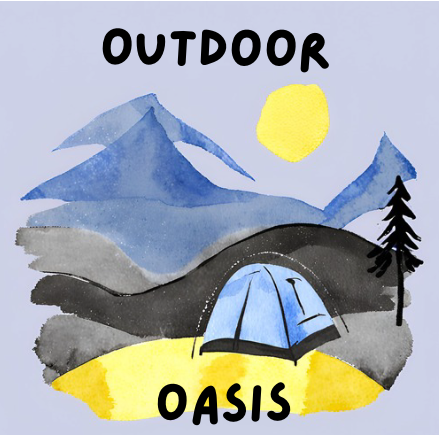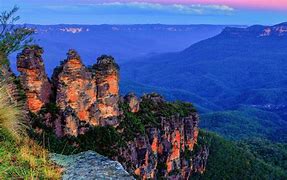 Camping in New South Wales (NSW) national parks is like stepping into another world, filled with diverse landscapes, unique wildlife, and countless outdoor adventures. If you’re into getting away from it all and connecting with nature, camping in these parks offers an experience that sticks with you long after you pack up your tent.
Camping in New South Wales (NSW) national parks is like stepping into another world, filled with diverse landscapes, unique wildlife, and countless outdoor adventures. If you’re into getting away from it all and connecting with nature, camping in these parks offers an experience that sticks with you long after you pack up your tent.
NSW has a ton of different national parks, each with its own vibe. Whether you’re craving beachside relaxation, mountain trekking, or something in between, there’s a spot for you. These parks offer a chance to disconnect from your daily grind, immerse yourself in nature, and recharge your batteries. Seriously, there’s something magical about waking up to the sounds of the wild instead of your alarm clock.
Now, before you throw your gear in the car and hit the road, it’s super important to be prepared. Trust me, a little planning goes a long way. You’ll need to consider what gear to pack, what the weather’s going to be like, and what rules you need to follow to keep yourself – and the environment – safe. This guide aims to set you up with everything you need to know to have an epic camping adventure in NSW’s beautiful national parks.
Best NSW National Parks for Camping
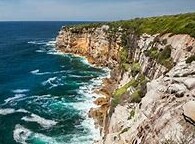
Let’s be real, choosing the right spot to pitch your tent can make or break your camping trip. In New South Wales, you’ve got some pretty spectacular options. Here are my top picks for the best national parks to camp in NSW.
First up, the Royal National Park. Just south of Sydney, it’s one of the oldest national parks in the world and offers a mix of coastal views, clifftop walks, and dense forests. It’s perfect for those who want to stay close to the city but still crave an adventure in the wild.
Next on the list is Kosciuszko National Park. This place is famous for its snow-covered peaks and alpine beauty. Not only can you camp, but there are also heaps of activities like hiking, fishing, and, in winter, skiing. It’s a bit of a trek to get there, but totally worth it if you’re looking for that high-altitude experience.
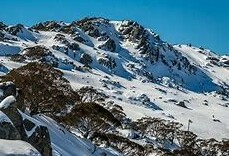
Then there’s Blue Mountains National Park. Just a short drive from Sydney, this park is known for its dramatic scenery, including towering cliffs, waterfalls, and eucalyptus forests. It’s a dream for hikers and those who want to escape to a place that feels miles away from everything.
Don’t miss Jervis Bay National Park. Imagine white sandy beaches and crystal-clear waters. It’s a top pick for beach lovers and those who enjoy water activities like swimming, snorkeling, and kayaking. Plus, the marine life here is just stunning.
Other notable mentions include Myall Lakes National Park for water-based camping, and New England National Park if you’re into dense rainforests and mountain vistas. Each park has its own unique charm, so it really depends on what kind of experience you’re after.
Picking the perfect park is just the beginning. Once you’ve got your spot, the adventure really begins. Pack smart, respect the environment, and get ready to make some unforgettable memories!
Essential Tips for a Successful Camping Trip

Packing the right gear can make or break your trip. Leave the kitchen-sink mentality at home; think practical and lightweight. Your must-haves include a sturdy tent, a sleeping bag suitable for the season, and a good backpack. Don’t forget essentials like a map, compass, and a first-aid kit. If cooking your meals, a portable stove and some non-perishable food items are key. Trust me, those little comforts go a long way.
Safety and regulations aren’t just formalities. Make sure to check the specific rules for the park you’re visiting. Some places require permits, and most have guidelines about campfires and waste disposal. Follow these rules to avoid fines and, more importantly, to protect the natural beauty we’re all there to enjoy. Check the weather forecast before you leave; the last thing you want is to be caught off guard by a sudden storm or extreme heat.
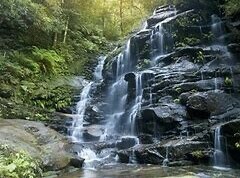
Speaking of weather, understanding local climates is crucial. NSW weather can be unpredictable. Even in summer, nights can get chilly, especially in mountainous areas like Kosciuszko. Bring layers and be prepared for changes in weather conditions. A rain jacket is your best friend in Australia’s fickle weather.
Wildlife is one of the reasons we love these parks, but it’s vital to know how to coexist safely. Store food properly – you don’t want to attract unwanted nocturnal visitors like possums or kangaroos. Keep a safe distance from all animals, even if they look friendly. Remember, you’re visiting their home.
Leave No Trace principles are a big deal. Pack out all your rubbish, don’t disturb natural areas, and take nothing but photographs. This way, we ensure that the parks remain pristine for future generations. Leave your campsite as you found it, or better. Small actions like these make a huge difference in maintaining the parks’ beauty and health.
Activities to Enjoy While Camping
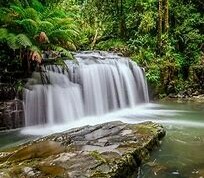
Hiking and walking trails are a staple. Nearly every national park in NSW has well-marked paths catering to all levels, from leisurely strolls to challenging hikes. Royal National Park, in particular, has the famous Coast Track, which offers epic coastal views that are worth every step.
Water activities are a must if you’re camping near lakes, rivers, or the coast. At Jervis Bay, snorkeling and kayaking let you explore underwater wonders and hidden coves. Meanwhile, Myall Lakes National Park is perfect for swimming, boating, and fishing. Always check local guidelines for water safety.
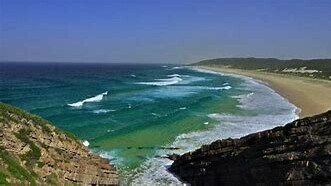
Wildlife spotting is another fantastic way to connect with nature. Early mornings and late afternoons are prime times. Bring binoculars and a field guide to help identify birds and other critters. In Kosciuszko National Park, you might even spot wombats and kangaroos near your campsite. Just remember to observe from a distance.
Stargazing should be on your list, especially if you’re camping in remote areas with minimal light pollution. Kosciuszko and Blue Mountains national parks offer some of the best night skies. Lie back, let your eyes adjust to the darkness, and enjoy the celestial show.
Don’t miss out on cultural experiences. Many parks have a rich Aboriginal history, and some offer guided tours or information boards detailing significant sites and stories. Understanding the cultural heritage of the land you’re visiting adds an enriching layer to your camping trip.
Sustainable Camping Practices
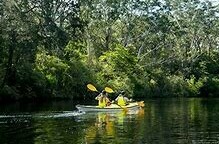
Minimizing environmental impact is more than just a trend; it’s essential. Reduce, reuse, recycle – all that good stuff. Avoid single-use plastics and bring reusable items like water bottles, cutlery, and containers. The less waste you create, the better for the environment.
Eco-friendly camping gear is a solid investment. Look for gear made from sustainable materials, like tents and sleeping bags crafted from recycled fabrics. Solar-powered gadgets, like lanterns and chargers, not only save energy but also reduce your carbon footprint. These small choices add up.
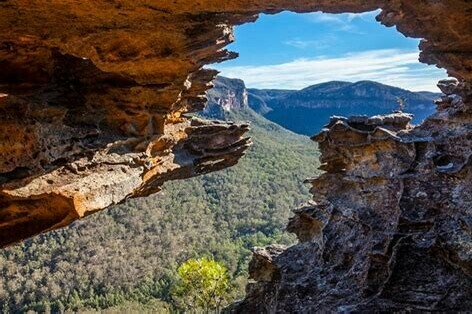
Supporting local communities makes a difference. Buy your supplies from local stores on your way to the park and check out local attractions. This helps boost the local economy and often gives you a taste of the region’s unique character.
Responsible campfire practices are vital. Always use designated fire pits, and make sure your fire is completely out before you leave the site or go to sleep. Better yet, consider using a portable camping stove, which is a zero-impact way to cook your meals.
Educational resources for sustainable camping can change how you approach your trip. Look up tips and guides from reputable sources, like national park websites or environmental groups. The more you know, the easier it is to make eco-conscious choices. Share this knowledge with fellow campers to spread the love for our beautiful parks!
Happy Camping!
Graham
